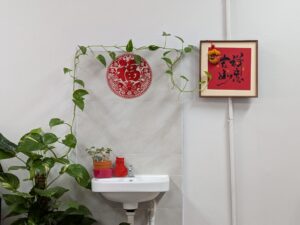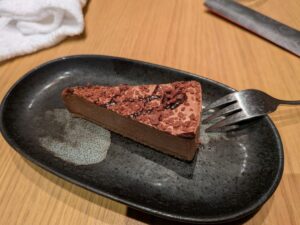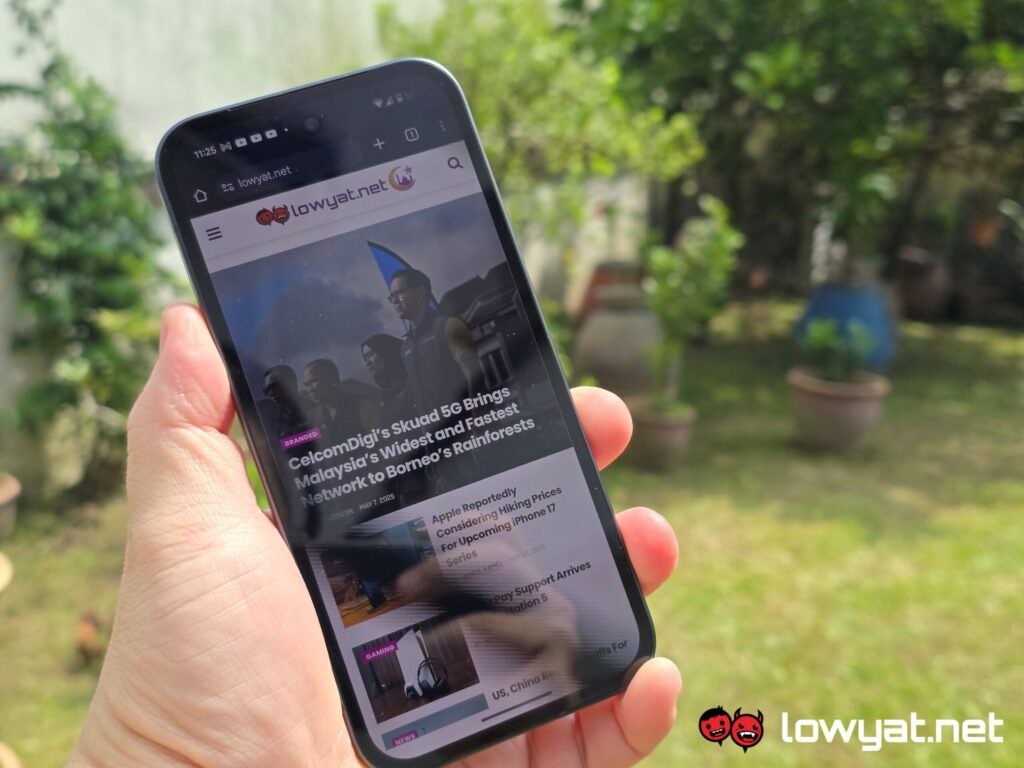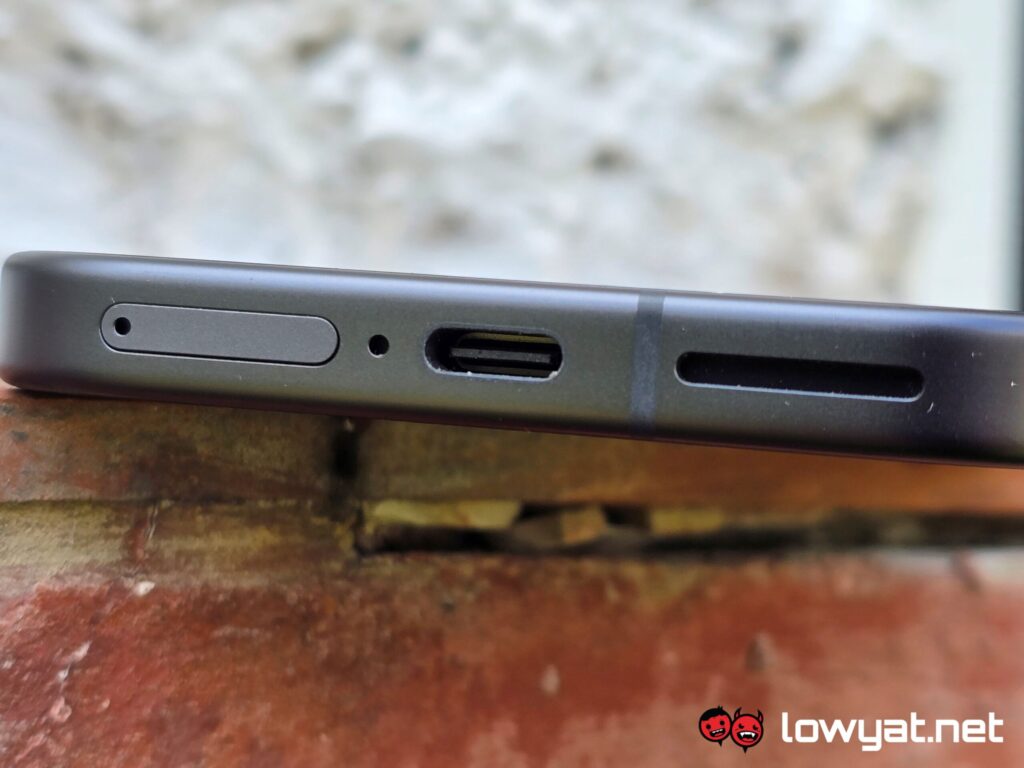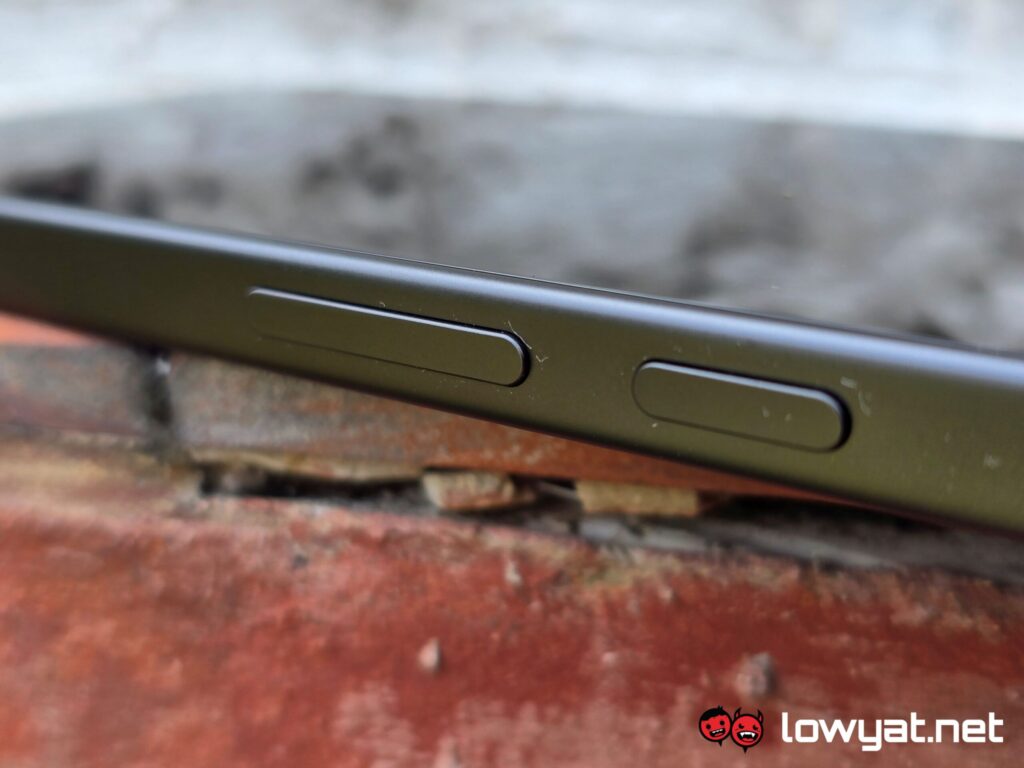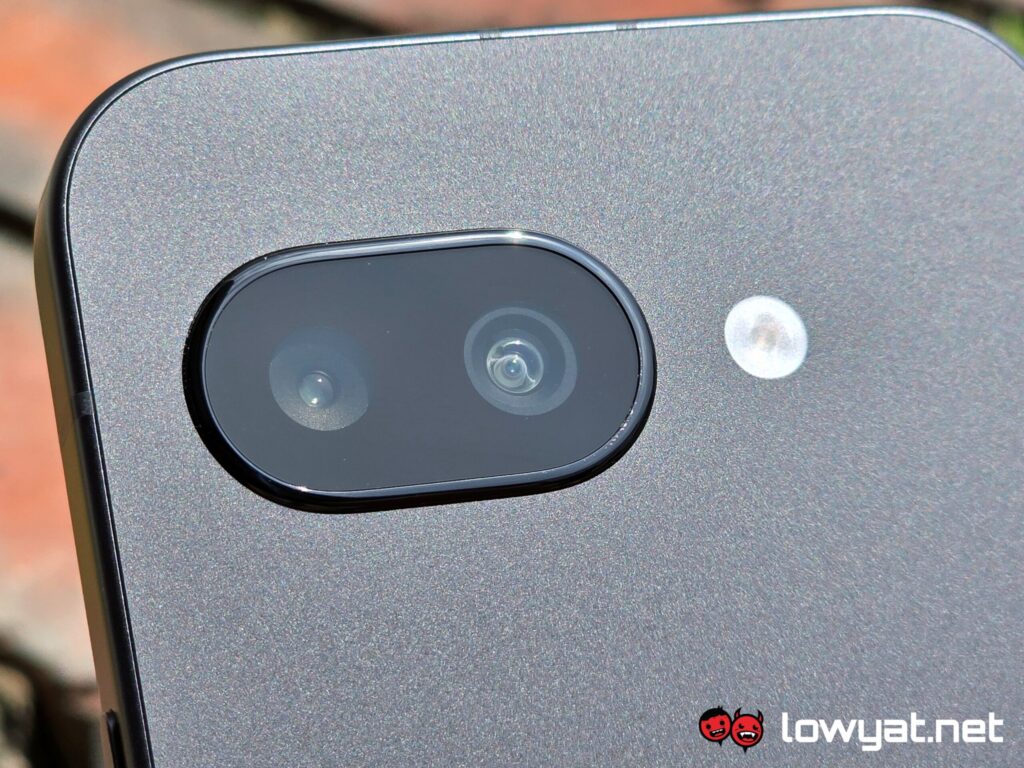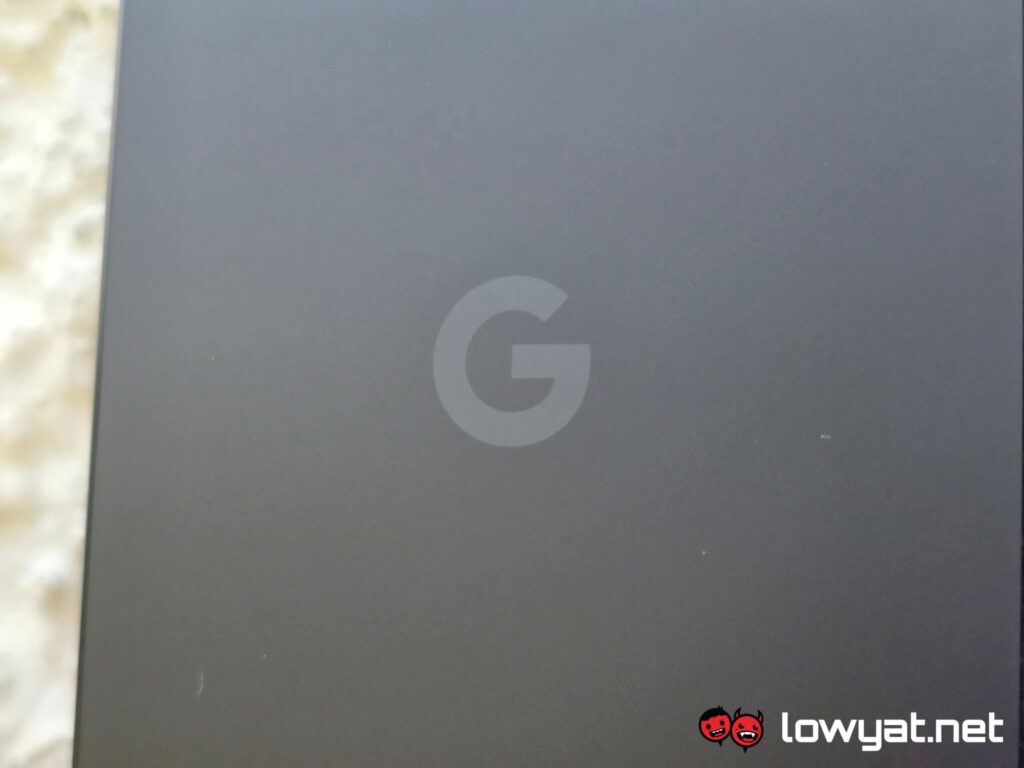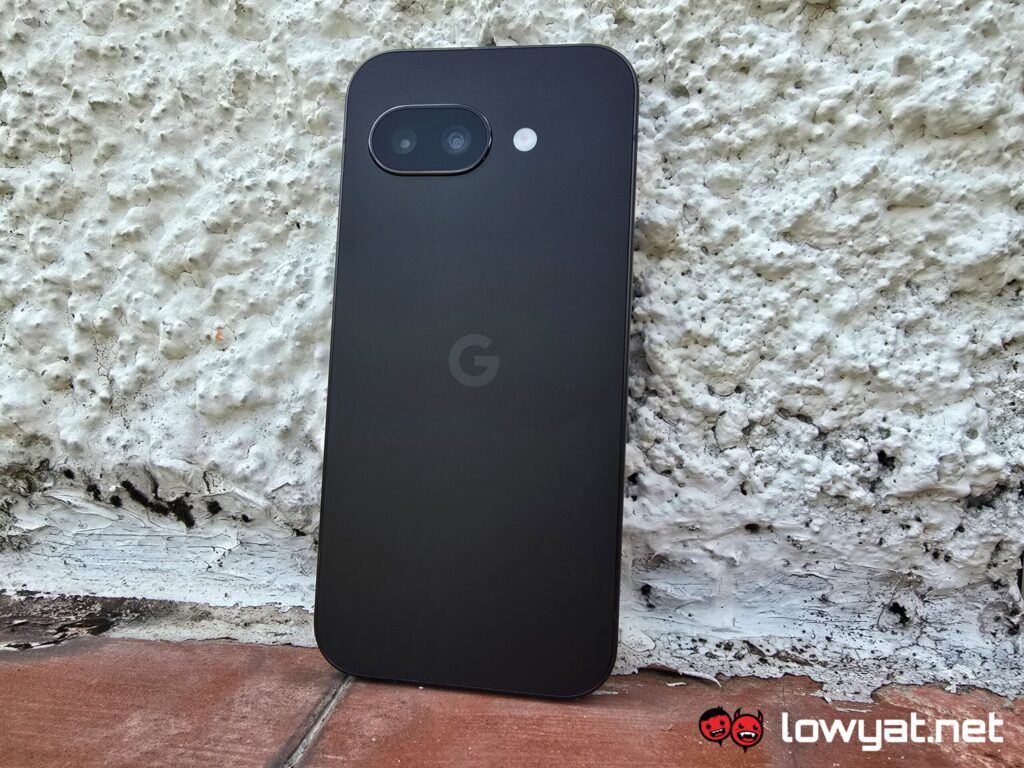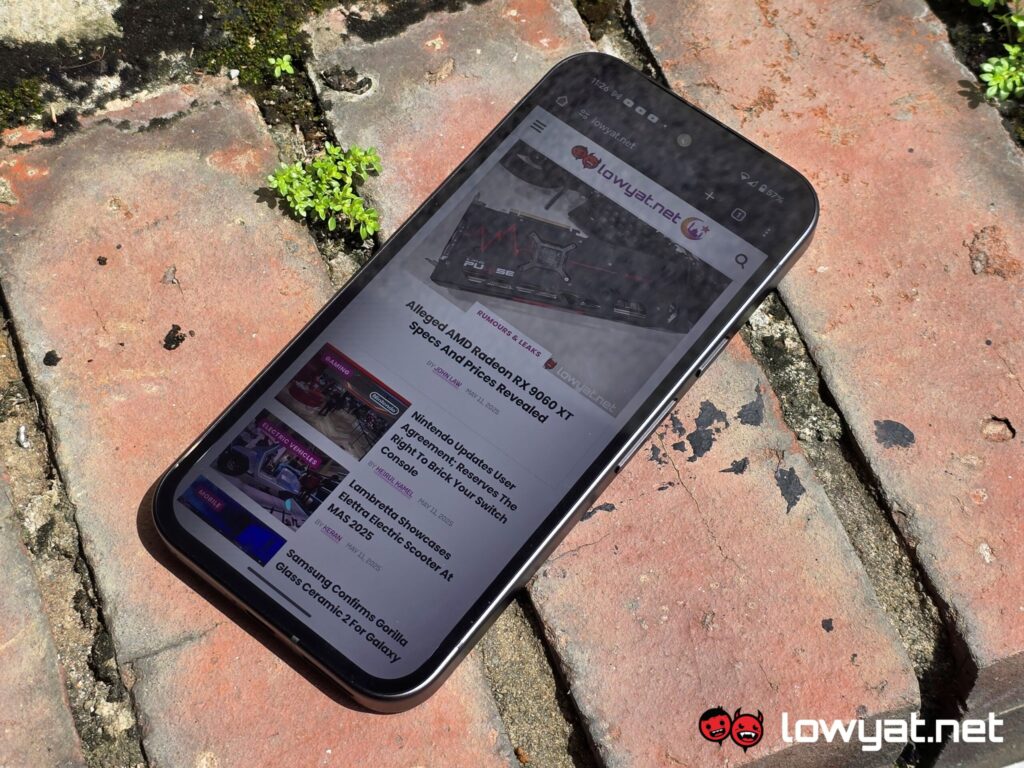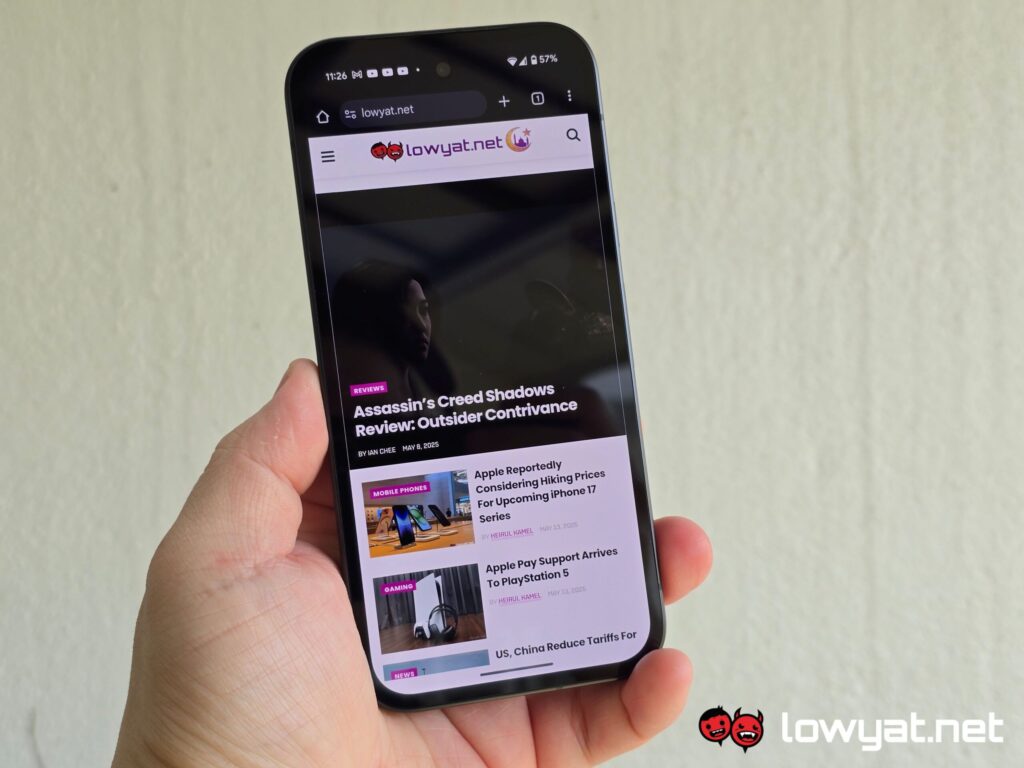I’ll confess straight up: when I received the Google Pixel 9a, I was expecting the phone to be a mid-range, less-than-stellar model of its more premium, non-A Series. But after spending the necessary amount of time, as per our rules, the phone has clearly left an impression on me.
Turns out, this year’s Pixel 9a is actually a bag of fun, both as a daily driver and a camera phone.
Specifications
Looks And Functionality
I know what you’re thinking and frankly, I’m sure there are others out there that thought the same thing as me: the Pixel 9a, like the rest of the Pixel 9 series, clearly looks a lot like the iPhone from the last couple generations. Its has that clean, CNC milled angles and corners; an anodised powdered metal aesthetic; and in the size that makes it one of the most comfortable phones I’ve ever held in years. I am talking rounded edges and flat rails, here people.
There is one small change that you will need to get used to with the Pixel 9a, especially if that someone is porting over from Samsung, Honor, Xiaomi, or any modern smartphone made of this decade: the switching-places between the power button and volume rocker. The former is above the latter and it took me a couple days to get accustomed to this old-style button placement but after that, it returned to being as natural as breathing.
Display is OLED but the borders could’ve been made thinner.
The screen is, mercifully, an OLED panel of Google’s design (to some measurable degree), and feels and looks gorgeous. Perhaps my one gripe with it is that the bezel around it is just considerably thicker than what you see on other smartphones these days. But hey, on the plus side, it’s not a curved display!
Oh, and it’s the first Pixel A-Series device to receive an IP68 rating, making it the first water and dust-resistant mid-range Pixel for the search engine.
On the software side of things, the Pixel 9a ships out with Android 15 installed but by the time I received my test unit, I was already running it on the more current Android 16. To answer the obvious question: yes, it is vanilla Android, which is an absolute rarity these days, and yes, it does run Gemini.
At the base of the phone, you get the SIM card slots and the USB-C 3.2 port that supports 23W wired fast-charging, while around the back, its continues that same clean powdered metal aesthetic, with the dual camera bump that’s almost flushed to the back.
Performance And Battery
What is surprising about the Pixel 9a, for me at least, is that Google made the decision to have it run on the same Tensor G4 SoC that the more premium non-A Series run on. There isn’t much I can say about the processor that my colleague hasn’t already covered in his review of the Pixel 9 Pro XL, but there were some very minor improvements to its performance. At least, on a synthetic level.
As my daily driver, I was using the Pixel 9a in virtually every activity in my day-to-day life. Paying with Google Wallet, listening to music – the phone only supports SBS, AAC, and LDAC codecs, but none of Qualcomm’s aptX codecs, sadly – responding and replying to calls, messages, and emails, the phone responds well, albeit just a tad sluggish. That, I’ll chalk up to the nature of the Tensor G4 chip, and nothing more, but there are some signs that the Google has made some improvements to its performance via software updates since its debut.
The P-OLED display is, as expected, bright, clear, and sharp. App icons just pop out, words are sharp and readable, while images look crisp and alive. I give it a few points for not being a curved display, but minus a couple because of the thick bezels. But, as I mentioned in the previous section, the Pixel 9a is a mid-range phone, so perhaps I am overthinking this bit a tad much.
The battery in the Pixel 9a does not know the meaning of quitting.
On average, the Pixel 9a holds out past the three-day mark, using it as I do to check my messages and email, watching the occasional video on YouTube or Netflix on the go, streaming music, and snapping interesting subjects as and when they pop up within my field of view.
On a binge, running a full-on marathon of Jeeves and Wooster episodes back to back – four seasons in total, with six one-hour episodes per season – the Pixel 9a is a master at pacing itself. By the time it reached the end of the third season (that’s 18 hours of binging), the damn thing still had approximately 21% battery left in its tank. At this point, I folded and just ended the test, knowing full well that the phone still had many hours of use left in the tank.
Camera
Despite only being a dual-camera setup, the main camera of the Pixel 9a surprisingly had a considerable amount of love to give. Firstly, AI is clearly at play at all times, but what is impressive is the speed at which it conducts post-processing.
On a sidebar: the “Add Me” feature serves as nothing more than a gimmick, if I’m to be perfectly honest. It’s a fun editing tool, allowing me to stitch pictures of myself and other folks into one final image, but it’s also clear that you’re going to want to make sure they’re pictures from the same place and scene. Otherwise, it’s going to look really weird.
That out of the way, the quality of pictures captured on the Pixel 9a and the 48MP main are more than decent. Even in low-light scenarios, the camera retains a huge amount of detail.
Sample Images
Competition
realme GT 7
At practically the same price point, the realme GT 7 is a souped-up alternative to the Pixel 9a. It features a bigger 6.78-inch LTPO AMOLED display, but runs on a MediaTek Dimensity 9400e SoC, 12GB RAM, and double the internal storage capacity at 512GB.
It also gets a triple-camera module as its main, comprising two 50MP sensors and an 8MP ultrawide. In addition, it is powered by a large 7,000mAh and supports 120W ultra-fast charging.
Conclusion
The Google Pixel 9a finds itself in an interesting situation. As a Pixel device, the phone is, in both my eyes and hands, a very “practical” smartphone. Simply put, it’s a fuss-free device, featuring many of the creature comfort one would expect of an Android-powered phone. Of course, the fact that the main camera is an above average performer is an extra added bonus, as evidenced by the sample images in this review.
But the plain nature is also perhaps its biggest drawback. There are a lot of “mid-range” phones in the market, with promises of more immersive and personalised UIs and application of AI to your everyday live. With the Pixel 9a, you’re basically getting a stock, vanilla Android experience, and while I absolutely love it – Sony is another company that also offers a practically vanilla Android UI experience with the Xperia lineup – it may not be everyone’s cup of tea.
With all that said, I would still recommend the Pixel 9a as an alternative to other mid-range smartphone on tap, especially for the ones wanting to be part of the Pixel fold but don’t necessarily wish to pay the premium commanded by the bigger and more opulent Pixel 9 Pro XL.
Photography by John Law.










